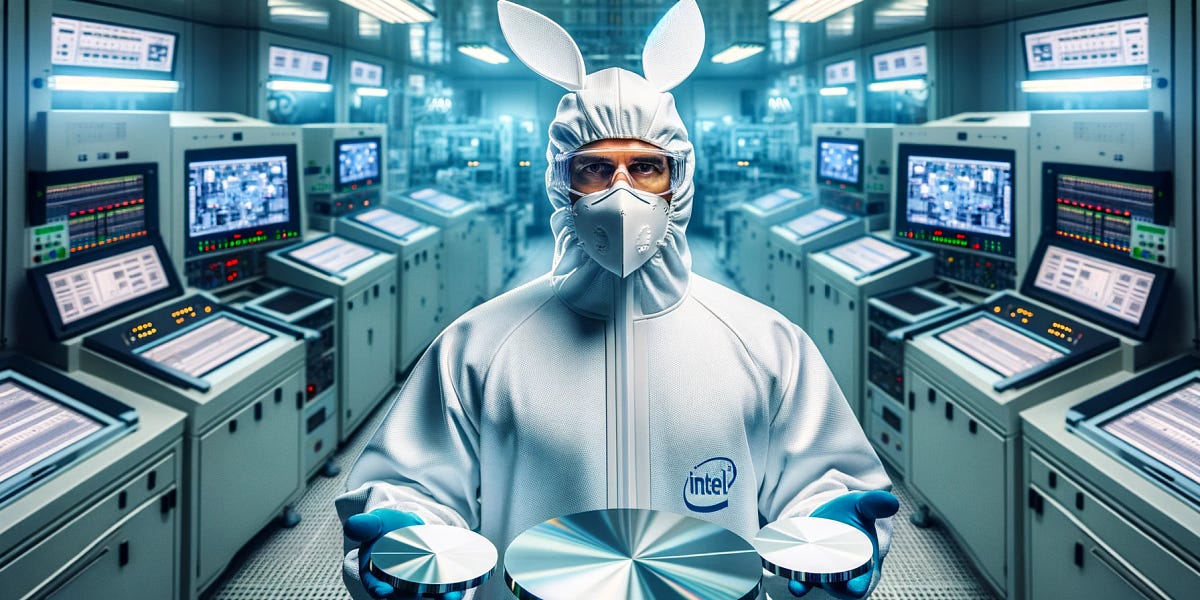They said they were comparing to the best node on the market at the time. Given ICL launched at EOY 2019 and TGL at EOY 2020, and they said intel 7 was far behind on density and performance it is pretty clear they are comparing to N5 family not N7. Density wise intel 4 trades blows with N5 family so clearly they must be comparing intel 3 to N3E family. For 18A they mentioned that it would beat the node they were comparing to market. I suppose that could theoretically be N3P, but that statement reads more like N2 to me.
Performance per watt at 1.2V is very different beast from PPW at Vmin. If we are talking about HPC only (which is what intel markets 18A non P as then I would assume PPW at high power is what they are talking about). IMO performance with no power constraints is a worthless metric. For CCG, sure it is important. But for HPC foundry or DCAI they want PPW not raw performance. If we want to talk about performance with unconstrained power intel 7 then I suppose you could say that it is the best node ever, and runs laps around N3. Of course no matter who you work for, you would rightfully laugh me out of the room if I said something so ignorant. For this reason I think it is important to delineate high vs low V PPW. Or maybe using the term power-performance to talk about low power PPW?
How so? Yield is yield, wafer cost is wafer cost. Yield can be improved to some asymptotic limit. Long term wafer cost post process ramp/depreciation is mostly determined by process flow decisions (i.e. you are stuck with it forever whereas yield is transient/evolving).
Interesting... prior recent projections I saw from you guys put 18A and N3 pretty close together (but maybe my brain is too heavily calibrated to the traditional 1.8-2X per node). As for N3-->N2 my assumption was that almost all of that 15% area improvement quoted is from the HD cell getting smaller than the N3E 2 fin device and all N2 devices being this way rather than what you have with N3 where only half of the devices are that 1 fin device. Put another way, on a theoretical basis (imperfect measurement, I know) the gap from 18A to N2 doesn't feel like it would be in "way ahead" territory. That is unless you mean by the standards of the difference is really big considering they are both 2"nm" class nodes and there is a big difference between them, rather than TSMC being 1.8-2X ahead. Although maybe this "way ahead" coming from a more nuanced definition of density in a more product like environment? If so I wonder if the high std cell utilization shown off by intel on intel 4+powervia will have real world density implications in excess of the theoretical improvement you see from reducing the number of M0 tracks? If things do pan out that way, then I have to assume that N2+BSPD can be an even bigger monster than I already think it could be.
Do your projections match up with their claim if we assume they are comparing 14A to N2+BSPD given that it feels like 2027 14A sounds to be slotting between N1.4 and that?


